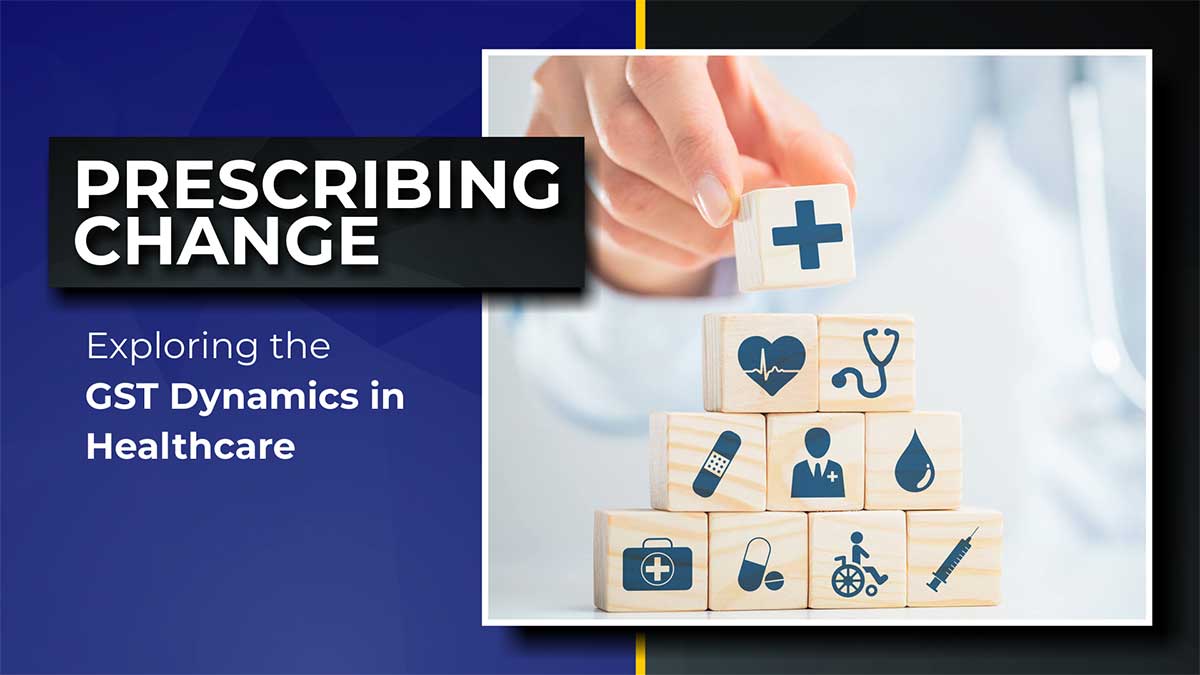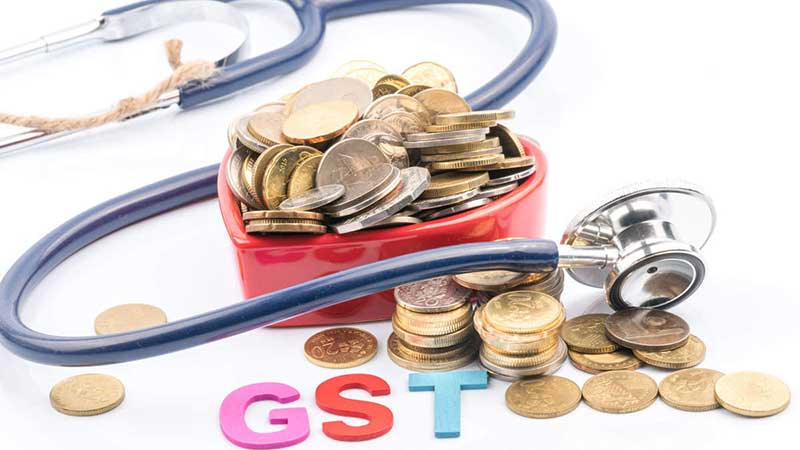
This blog highlights the critical role of accessible healthcare in shaping societal well-being, especially for those living below the poverty line. Despite India’s booming healthcare industry, over 40% resort to loans for treatment costs. Government schemes like Ayushman Bharat aim to address this, but challenges persist. The blog delves into the impact of GST Compliance on healthcare costs, proposing a zero rating to alleviate financial burdens on both providers and patients. Insider’s insights in the later part of the piece emphasize the need for a balanced approach to boost healthcare infrastructure while considering the financial well-being of all stakeholders in India’s evolving healthcare landscape.
Unraveling India’s Healthcare Journey
Healthcare holds unparalleled importance in human lives, and its accessibility plays a crucial role in shaping the well-being of societies. Unfortunately, a significant percentage of the population is compelled to live below the poverty line by medical costs, stressing the importance of providing comprehensive and affordable medical services. In India, the healthcare industry has seen exponential growth and has also become a substantial contributor to employment and income. With more than 40% of hospitalized individuals resorting to loans or asset sales to cover treatment costs, the landscape is evolving to address the financial burden on patients. Government Insurance schemes like Ayushman Bharat and other such state schemes are trying to bridge the gap, but more needs to be done.
India’s healthcare sector is marked by its cost competitiveness, with medical procedures costing a fraction of what they do in Western nations. The country’s healthcare industry reached US$ 372 billion1 in 2022 and is projected to witness remarkable growth, with a three-fold rise expected at a CAGR of 22%. The medical tourism market is anticipated to reach US$ 13.42 billion2 in 2026. Additionally, the health-tech sector is thriving, attracting significant venture capital funding and positioning India as a global leader in healthcare innovation.
Impact of GST on Indian healthcare sector, addressing challenges, proposing solutions, and emphasizing the need for GST compliance.
The Complex Landscape of GST in Indian Healthcare Services
Presently, the majority of healthcare services are exempt from GST, creating a unique set of challenges for healthcare service providers. While exempted services relieve patients from tax burdens, healthcare providers face the inability to avail of credit on input taxes, resulting in increased operational costs. Medical equipment is particularly affected by GST, with 12% taxes being levied on items such as dialysis machines, catheters, and plasma filters, leading to elevated costs for essential treatments. Further, room charges above 5000 per day attract GST @ 5%, which has become a challenge for healthcare service providers. Physiotherapy, like certain other healthcare services, is a capital-intensive sector and needs intervention from the policy angle to reduce the GST burden on the procurement side.
The implementation of GST has reshaped the cost structure of healthcare services, contributing to rising expenses for citizens. Because of the 18% GST levy, health insurance premiums—which are essential to securing comprehensive healthcare coverage—have become more costly. To alleviate the financial burden on healthcare providers and patients alike, the Healthcare Federation of India has proposed a zero rating of GST on healthcare services and insurance premiums. In order to reduce costs while promoting the development of infrastructure, the council needs to start a discussion with all healthcare stakeholders.

Insider’s insights by Dr. Aalap Shah, Founder & Director – of Mission Health
The impact of GST has been substantial, reshaping the dynamics of cost structures and financial sustainability. However, the inability to zero rate healthcare services has resulted in GST on procurement becoming a cost, affecting the overall affordability of services for patients. The call for a zero rating of GST on healthcare services and health insurance premiums is a testament to the industry’s collective effort to mitigate the financial challenges posed by the tax system.
Having said that, the recommendation for introducing processes to alleviate GST becoming a cost by refunding the same to the hospitals and healthcare service providers is a potential solution to boost healthcare infrastructure and bridge resource gaps. This approach aligns with the broader objectives of GST, aiming to reduce overall costs for end-users and encourage investments in the healthcare sector. Emphasis should be placed on the importance of a balanced approach that considers the financial well-being of both healthcare providers and patients in the evolving landscape of the Indian healthcare industry.
